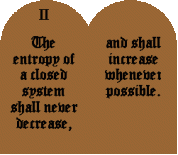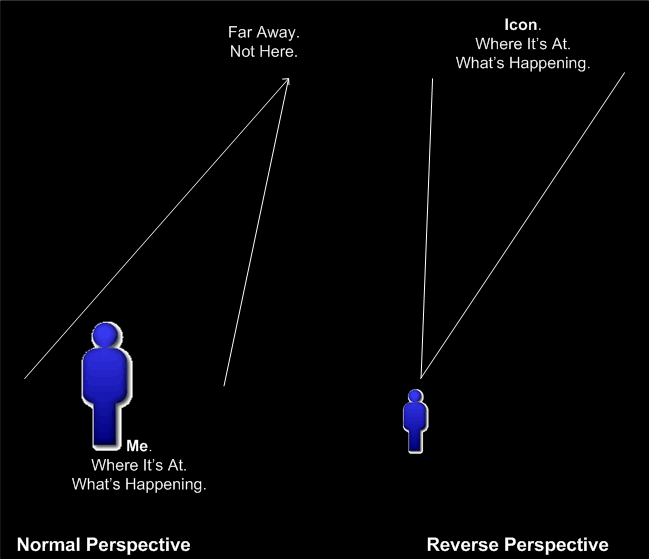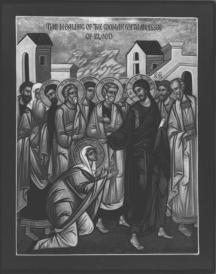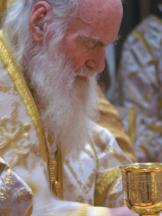Bless My Enemies O Lord
Bp. Nikolai Velimirovich
Bp. Nikolai Velimirovich was a Serbian bishop in the last century who spoke out courageously against Nazism until he was arrested and taken to Dachau.
Bless my enemies, O Lord. Even I bless them and do not curse them.
Enemies have driven me into your embrace more than friends have.
Friends have bound me to earth, enemies have loosed me from earth and have demolished all my aspirations in the world.
Enemies have made me a stranger in worldly realms and an extraneous inhabitant of the world. Just as a hunted animal finds safer shelter than an unhunted animal does, so have I, persecuted by enemies, found the safest sanctuary, having ensconced myself beneath your tabernacle, where neither friends nor enemies can slay my soul.
Bless my enemies, O Lord. Even I bless them and do not curse them.
They, rather than I, have confessed my sins before the world.
They have punished me, whenever I have hesitated to punish myself.
They have tormented me, whenever I have tried to flee torments.
They have scolded me, whenever I have flattered myself.
They have spat upon me, whenever I have filled myself with arrogance.
Bless my enemies, O Lord, Even I bless them and do not curse them.
Whenever I have made myself wise, they have called me foolish.
Whenever I have made myself mighty, they have mocked me as though I were a dwarf.
Whenever I have wanted to lead people, they have shoved me into the background.
Whenever I have rushed to enrich myself, they have prevented me with an iron hand.
Whenever I thought that I would sleep peacefully, they have wakened me from sleep.
Whenever I have tried to build a home for a long and tranquil life, they have demolished it and driven me out.
Truly, enemies have cut me loose from the world and have stretched out my hands to the hem of your garment.
Bless my enemies, O Lord. Even I bless them and do not curse them.
Bless them and multiply them; multiply them and make them even more bitterly against me:
so that my fleeing to You may have no return;
so that all hope in men may be scattered like cobwebs;
so that absolute serenity may begin to reign in my soul;
so that my heart may become the grave of my two evil twins, arrogance and anger;
so that I might amass all my treasure in heaven;
ah, so that I may for once be freed from self-deception, which has entangled me in the dreadful web of illusory life.
Enemies have taught me to know what hardly anyone knows, that a person has no enemies in the world except himself.
One hates his enemies only when he fails to realize that they are not enemies, but cruel friends.
It is truly difficult for me to say who has done me more good and who has done me more evil in the world: friends or enemies.
Therefore bless, O Lord, both my friends and enemies.
A slave curses enemies, for he does not understand. But a son blesses them, for he understands.
For a son knows that his enemies cannot touch his life.
Therefore he freely steps among them and prays to God for them.
From Prayers by the Lake by Bishop Nikolai Velimirovich, published by the Serbian Orthodox Metropolitanate of New Gracanica, 1999.




 We believe in the real presence of the Son of God, one of the Holy Trinity, in the Eucharist served at each Divine Liturgy. When we participate, we are partaking of God.
We believe in the real presence of the Son of God, one of the Holy Trinity, in the Eucharist served at each Divine Liturgy. When we participate, we are partaking of God.




